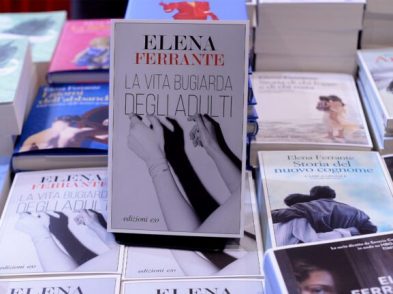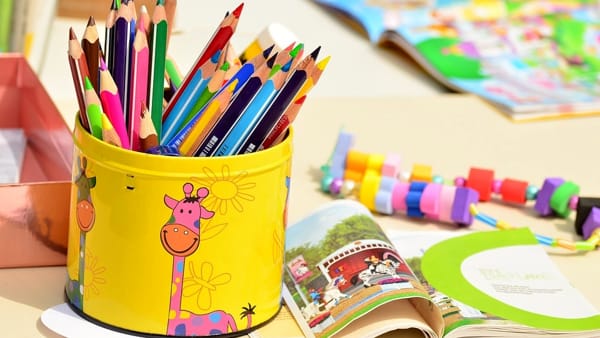If there’s one thing this imposed quarantine has given us, it’s time. Time to finally clean out our closets, plan out our year, or pick up that book that’s been sitting on our nightstand for months on end. Without the hustle and bustle of everyday life, we can finally sit down and relax with a good book in hand.
Personally, I’ve caught up on so much reading during these two months. I’ve read books that had been on my “to-read list” for years; re-read books that I had read long ago—and which I certainly appreciated a lot more, this time around; and took a stab at recently published texts that caught my attention.
Between Kindles, iPads, and Google books, we sometimes forget how wonderful the feeling of holding a book actually is. Lucky for us, bookstores have finally reopened, giving us the chance to take a stroll, help the economy and local businesses, and delve into the world of Italian classics, all at the same time. So, if you’re wondering what Italian book you should choose as your first (or tenth) quarantine read (leaving Dante’s Divine Comedy aside for now), here is a list of a few titles that might help you narrow down your decision.
1/ Italo Calvino’s Il barone rampante
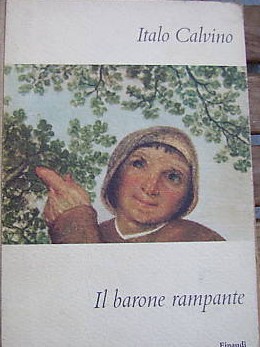
Published in English as The Baron in the Trees, this short novel, or long short story, is perhaps one of Calvino’s best works. It’s witty, profound, and amusing, all at the same time. But most of all, it’s timeless. You can read it once or five times, and you will always catch a new image, appreciate a new sentence, and celebrate the literary genius that is Italo Calvino. Especially during this trying time of being literally locked up in our homes, temporarily escaping reality through literature and joining Cosimo on the trees of Rondò doesn’t sound that bad.
2/ Giuseppe Tomasi di Lampedusa’s Il Gattopardo
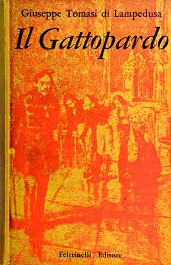
If you’re searching for a timeless Italian classic, Tomasi di Lampedusa’s The Leopard is the book for you. The beauty of this novel is that it magnificently captures Sicilian reality around the time of the Unification of Italy—a forced political event, some would say, that hardly took into consideration the different social and economic realities that were the North and the South. A bonus to this novel is that you can also enjoy its 1963 cinematographic adaptation, starring Hollywood celebrity Burt Lancaster, Alain Delon, and Claudia Cardinale.
3/ Boccaccio’s Decameron
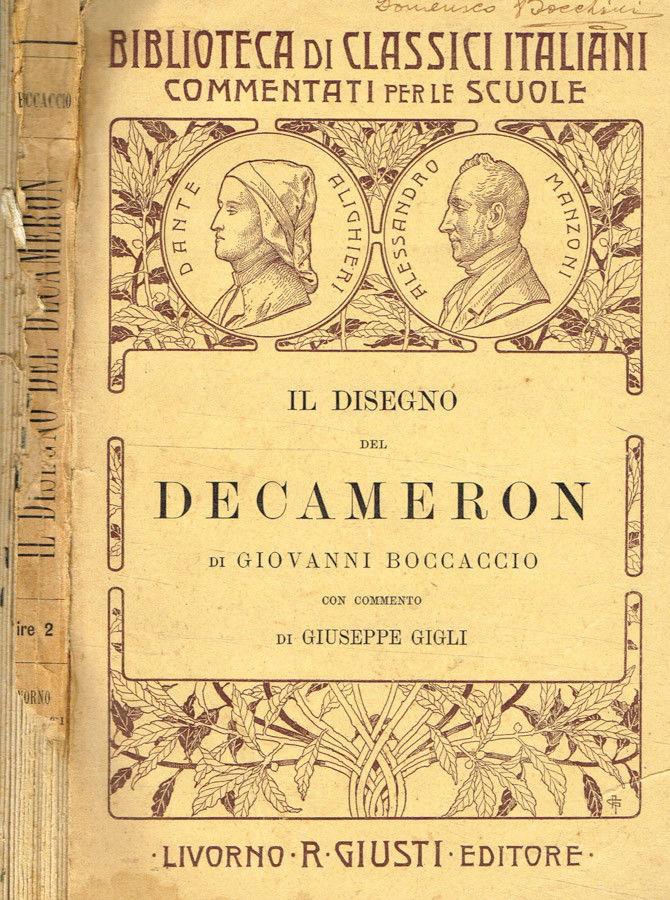
How appropriate to read a book that takes place during the Black Death during quarantine… Though the connections between the 1300s and today are more vivid than one would like to admit (does young men and women who escape to the countryside to avoid catching the plague sound familiar?), the 100 colorful and brilliant stories that compose the Decameron are what make this text a masterpiece. Whether you wish to read all 100, or pick and choose among the most famous ones, this Italian classic will certainly brighten up our days at home.
4/ Vasco Pratolini’s Il Quartiere
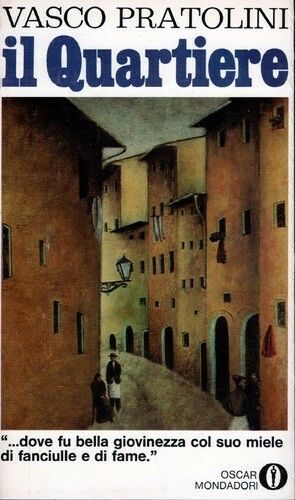
Searching for a Florentine classic? Then pick up Pratolini’s The Naked Streets, a short novel that will catapult you to the Florentine neighborhood of Santa Croce during the 1930s. While the plot per se is not as glamorous as one might expect, the social portrait that comes to life in the text is what makes this novel worth reading (and re-reading). It gives voice to a young group of Florentine friends, and by narrating their story, it also narrates the story of Italy and Italians during that time period.
5/ Elena Ferrante’s Tetralogy: L’amica geniale
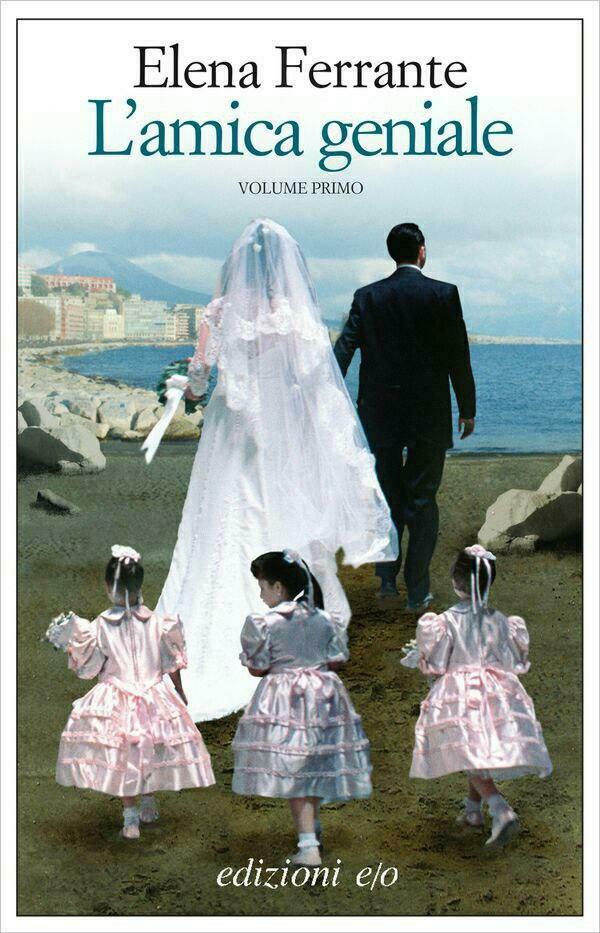
Most avid readers have probably heard of the literary sensation that is Elena’s Ferrante tetralogy titled Neapolitan Novels, composed by My Brilliant Friend, The Story of a New Name, Those Who Leave and Those Who Stay, and The Story of the Lost Child. Though we might not be able to consider them classics just yet, the four novels that compose this collection have quickly become a literary staple in Italy. As readers follow the story of two Neapolitan girls (Elena Greco and Raffaella Cerullo) from the 1940s to current times, they are able to envision Italian reality in the South after the Second World War, through the economic boom of the 1950s, the years of Italian terrorism that were the 1970s, up until present time—all while better understanding gender and class divisions in Naples and beyond. Because of its immediate success, the story of Lina and Elena was picked up by HBO, which made it into a four-season television series.


